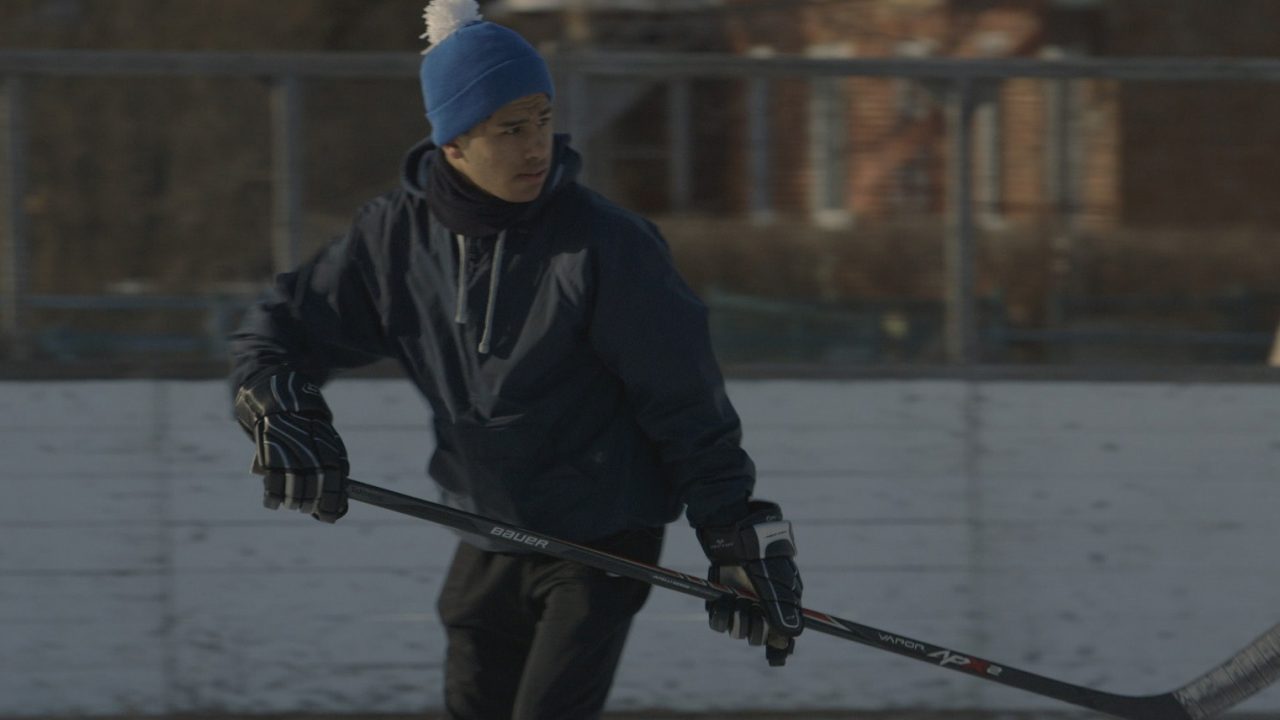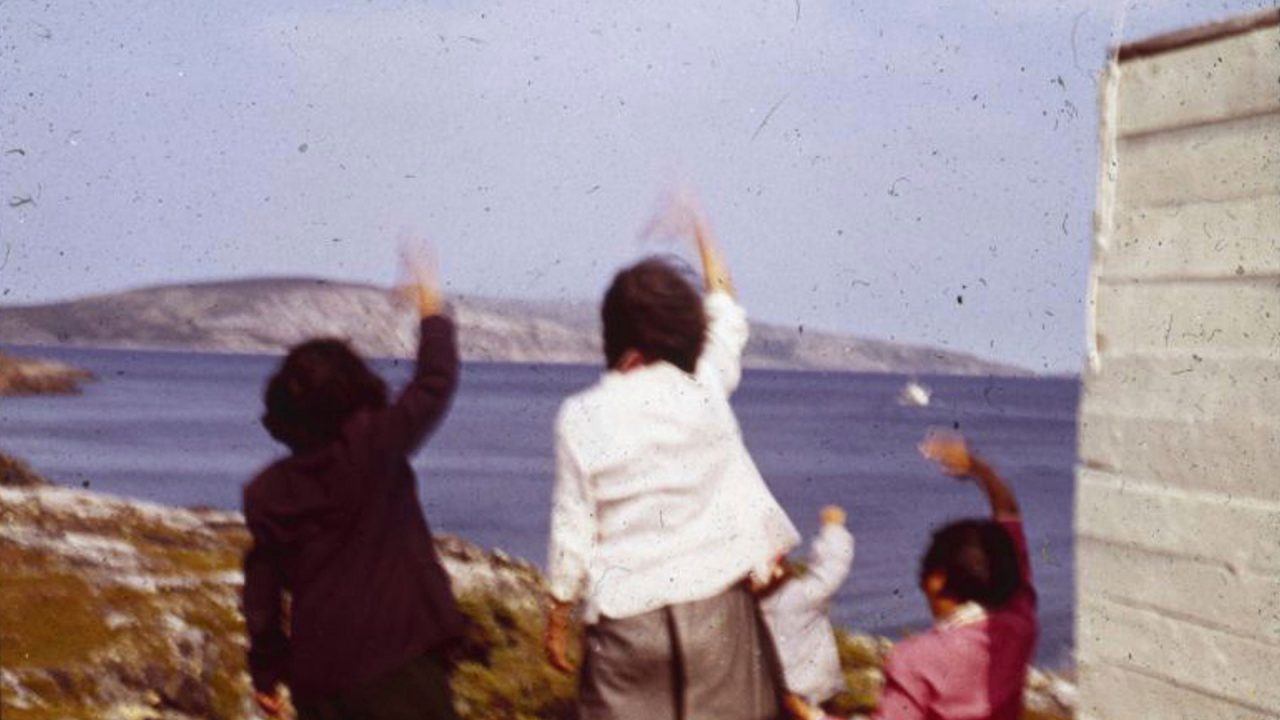
Mini-Lesson for Far From Bashar
Mini-Lesson for Far From Bashar
Mini-Lesson for Far From Bashar
Themes: Civics/Citizenship, Diversity/Pluralism, Social Studies, History and Citizenship Education
Ages: 15-17
Far from Bashar, Pascal Sanchez, provided by the National Film Board of Canada
Keywords/Topics: Conflict, hope, loss, pluralism
Guiding Question: How do we cope with change and crisis?
Summary: The feature documentary Far from Bashar tells the story of Adnan Al-Mahamid, his wife, Basmah Issa, and their four kids, Basel, Raniah, Saja and Ali, who settle in Montreal after Adnan is accepted into a master’s degree program at McGill University. As the family forges a new life for themselves, war–torn Syria is never far from their minds. Adnan, the father, his brothers and friends fought in the resistance against President Bashar Al-Assad, alongside thousands of other citizens seeking a better life. Director Pascal Sanchez gives us an intimate portrait of a family that has created a seemingly typical life for themselves in Canada. The kids make friends, learn to play hockey, and even take part in the school play. Nonetheless, the family is constantly reminded of and pre-occupied by the crisis facing loved ones and friends who are still in Syria.
Note to students: Watching this film may trigger strong emotions and feelings if you’ve had your own experiences of war or crisis. This can be difficult to admit and talk about. These topics and feelings can be discussed if we remember to be respectful of each other’s experiences. Reach out to your teacher, school counsellor or another professional if you feel you need to speak with someone after watching the video.
Activity 1) Making Connections
Before watching the video clip, complete the following:
Think about a time when you faced an extremely difficult or painful challenge that you thought you might never overcome. Examples could include anxiety over an exam, trying out for a sports team, an illness, a relationship breakup or the death of a family member. When you were in the midst of this experience:
- What were you feeling?
- What were you thinking?
Eventually, you overcame this difficult situation.
- How did it change you?
- What helped you during this situation?
Now watch the video clip and discuss the following with a partner:
- What is the father feeling and thinking?
- Read the quote below and discuss how you can relate it to your own experience and the situation of the father and his family in the film.
“Fortunately, just as fear can be infectious, so hope is infectious. When individuals and families and communities, or even nations, come together around new–found hope… that new momentum can be unstoppable. The smile replaces the frown. Conversation replaces silence. Fear of the future is replaced by confidence to respond to its challenges.” – His Highness the Aga Khan, Aiglon College, Switzerland, 2014
Go Deeper
An emotion graph shows events in our life (on the x-axis, horizontal) and how we experience them at the time (y-axis, vertical). When you connect the dots, it helps you to see that life is composed of ups and downs, which can help us find strength and hope the next time we face a challenge.
Make an emotion graph for your life and plot four or five major events, including the difficult challenge you noted above. For each event, write a small description. What can you learn from this that will help you to better live your next “up” and your next “down”? Share and discuss this with a partner.
Activity 2) Challenging Assumptions
After watching the video, do a quick writing exercise.
Over a span of two minutes, list all the ways in which your family is similar to the family in the video.
Then discuss these questions with a partner:
- Although Adnan’s family is not a refugee family, because they came to Canada through McGill University, how would you imagine a family that has fled war and is still living through this crisis?
- Why do you think this scene was included in the film?
Go Deeper
Do a Google search for the word “refugee” and look at the first 10 images of your results. What emotions have been captured in these images? Are they the same emotions expressed by the characters in the documentary? Explain.
Do another Google search, and this time enter the words “hopeful people” in your search bar. Look at the first 10 images. What emotions have been captured in the images? In the video clip you watched, did the family exhibit similar emotions or facial expressions? Explain.
Activity 3) Cinquain
Watch the clip and:
- Write down 10 words about the film that stand out to you
- Write down 10 emotions that you felt and that you think Adnan felt
Use these words to make a cinquain that helps us think about the guiding question: How do we cope with change and crisis?
A cinquain is a five-line poem. Line one has two syllables, line two has four syllables, line three has six syllables, line four has eight syllables, and line five has two syllables.
Everyone can post their cinquain in the classroom. Read poems written by some of the other students in your class. Afterwards, have a class discussion about the guiding question: How do we cope with change and crisis? Highlight the top three ideas. Write them underneath your poem or on the other side of the sheet. Keep this with you to use it as a reminder, and share it with others who might need it too.
Go Deeper
Put together a playlist of five songs that explore the themes of hope and crisis. Try to find songs from different genres, made by musicians from around the world. Explain why you chose each one.
Asif-Aly Penwala is an experienced secondary teacher and mentor with a double master’s degree from the University of London’s Institute of Education. He has taught and worked with teachers across Canada and in countries such as France, Madagascar, the United States, England and Tajikistan. He has also worked in community development with immigrants and refugees.
Pour lire cet article en français, cliquez ici.
Discover more Mini-Lessons | Watch educational films on NFB Education | Watch educational playlists on NFB Education | Follow NFB Education on Facebook | Follow NFB Education on Pinterest | Subscribe to the NFB Education Newsletter



